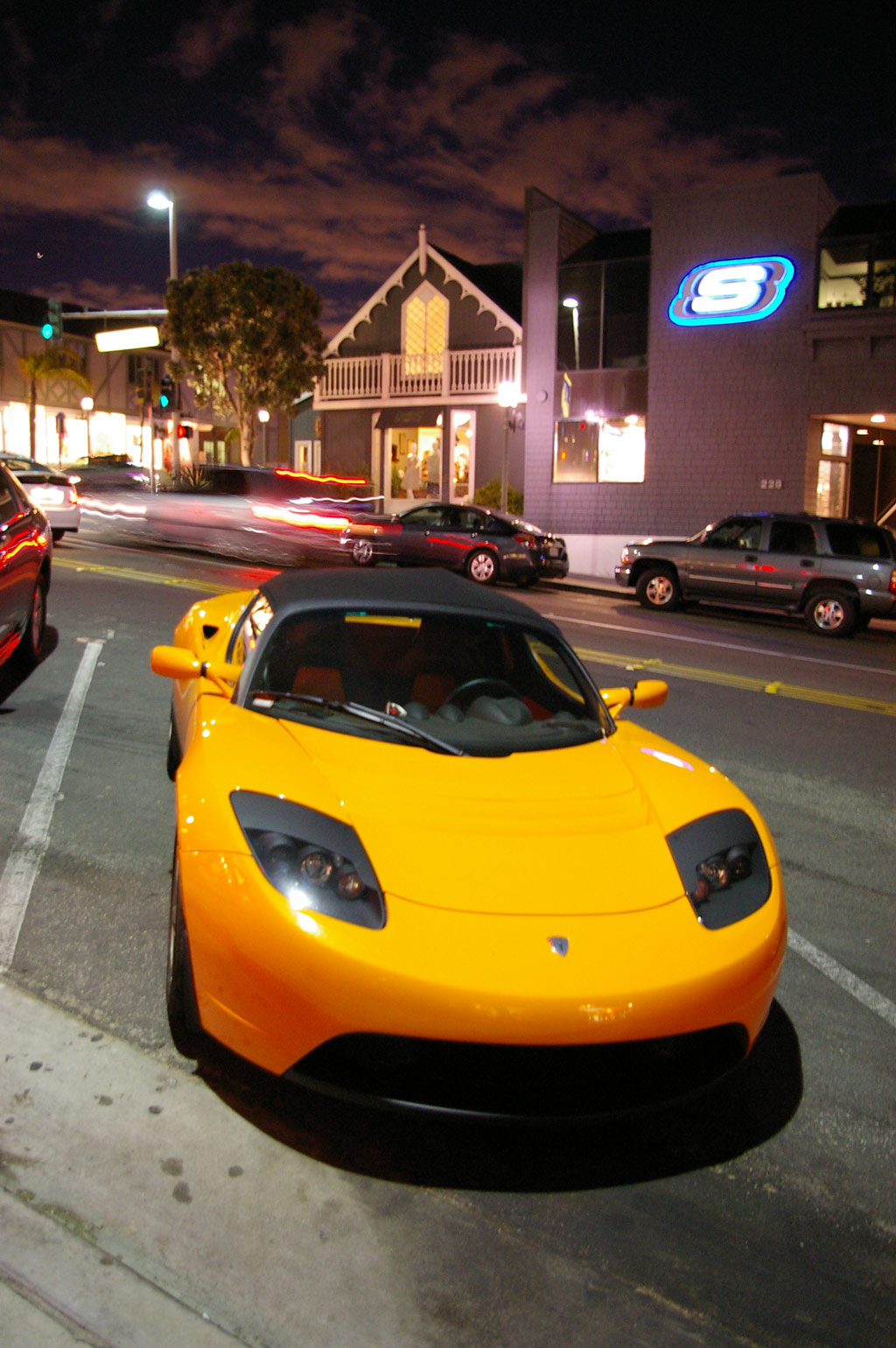

If pin headers are optional, the PTH variant is often chosen for ease of manual assembly. On single row pin headers the pins are bent alternating to one side or the other, on dual row pin headers the pins are simply bent outwards. In the latter case the solder sides of the pins are simply bent on a 90 degree angle so as to be soldered to a solder plane. Normally pin headers are pin through hole (PTH) devices, but surface-mount technology (SMT) versions of one and two row pin headers also exist. Pin header connectors are thus "male" connectors ("female" counterparts do exist, but these are normally just called female header ( FH) or header connector, without "pin") and are mostly used inside equipment, rather than being used as a connector on the outside of the device. The most common jumper spacing is 2.54 millimetres (0.1 in), though 2.0 millimetres (0.079 in) is sometimes used in smaller products. Or send me a diagram of the footprint with exact sizes on it.Pin headers are often associated with ribbon cable connectors, pin headers often also function as recipients for jumpers.
Diptrace library right angle header how to#
It won't be correct, since I don't have the exact sizes and separations and what not, but it should show you how to do it, and you can probably just modify my footprint to use the exact sizes. Give me a minute I'll throw something together for you. You give it a name and that sort of stuff. This is where you say that schematic symbol A corresponds to footprint pad A and the same with the Bs. For you, you will want to add two pads, and then add some lines on the same layer as the pads to draw the shape.Ĭonnecting. There's typically a bit of extra stuff here, such as restricted areas so you can't place a resistor under a chip between the two rows of pads, and some silk screen stuff that at the minimum shows which is pin 1.

For a 16 TSOP, you have 16 pads spaced correctly etc. So for a 8 pin through hole, you have 8 through holes spaced correctly. It has two pins, probably labelled as A and B.įootprint. It should probably just look like a normal switch symbol. This is just what you'll see on the schematic.

There are three parts to making a library part in eagle and should be done in this order: That's the correct way to do it, and it shouldn't be too hard. You said you tried to make the library part yourself but it didn't work? That's the main problem here. i will have to re-do this whole thing.Īctual circuit boards im trying to copy that is why i am trying to use a library part for it. the switches were just some that i found in the default libraries, but they obviously wont work for this situation - as i need the copper traces to be the switches. ive attached images of my first ever attempt at a PCB layout. So does anyone know of a library with these kinds of contacts? i am not having much luck and this is my last effort before i just draw them on the board manually and cross my fingers. i have followed tutorials and all that trying to make a library part, i can not seem to get it to work. The autorouter doesnt work and there are tons of errors because things arent hooked up. the contact patches are 2mm, i was thinking of just drawing them on the layout of the circuit manually and hoping they come out right, but i cannot make the circuit layout properly without a library part. ive attached a picture of what the board looks like. The problem i am having is that i need to use the PCB copper layer for the button contacts. I have come up with a resistive based ladder circuit for the buttons to work with my system. I have gotten the shape made using inventor. I am attempting to make a new PCB using the shape and layout of the original one. Hello, i am working on a custom PCB for steering wheel controls for my car.


 0 kommentar(er)
0 kommentar(er)
